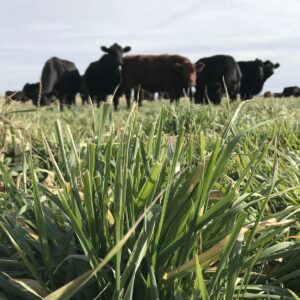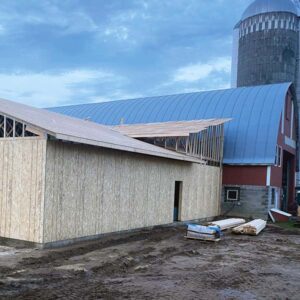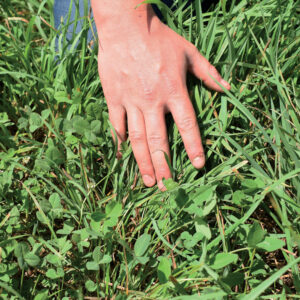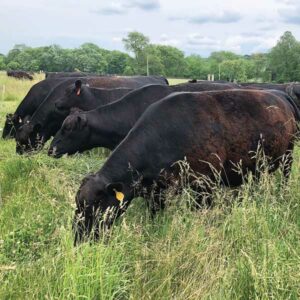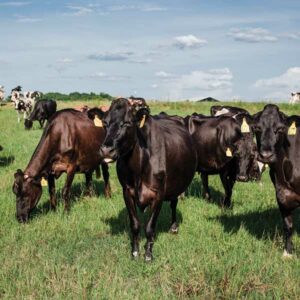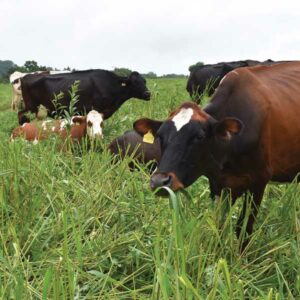Grain and grazing combo a work in progress
By Martha Hoffman Kerestes
Kernza continues to gain traction as a perennial grain crop, with about 2,400 acres grown in the U.S. today. Kernza is the trademark owned by The Land Institute for intermediate wheatgrass varieties (IWGs) developed for grain harvest.
But long before it was selected for that use, IWGs were being used as forages. A number of studies have been done recently on utilizing Kernza both ways. Since the last article in Graze (February 2020), more data has become available on the topic.
One such trial was conducted by Alan Kraus of Clean River Partners in cooperation with Jacob Jungers and others at the University of Minnesota, along with southeastern Minnesota farmers Kaleb Anderson and Dan Honken.”
Continue reading “A Kernza research update”
